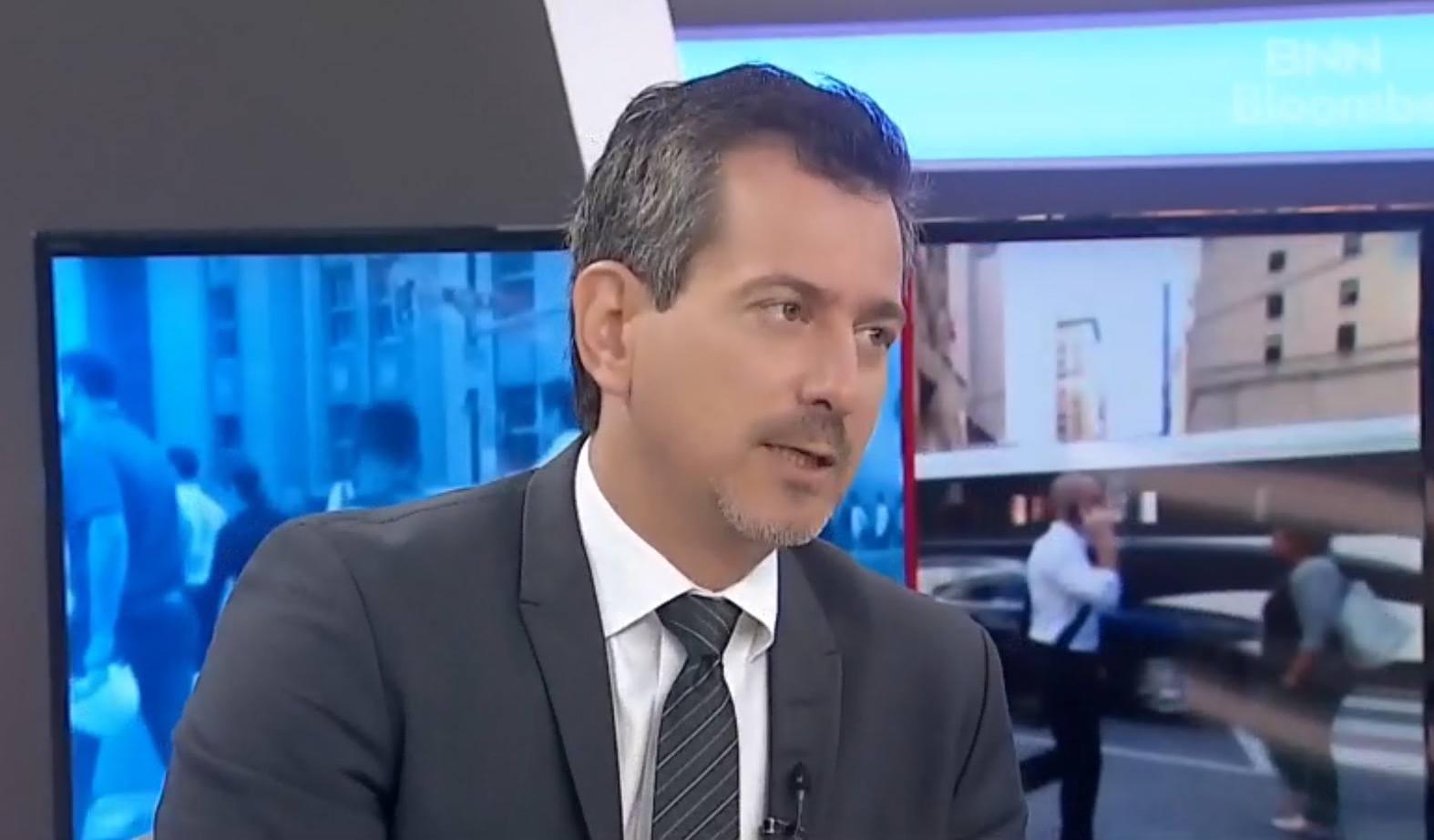by Russ Koesterich, CFA, Blackrock
Given the recent volatility, investors may be wary of tech. Not so fast, Russ explains.
Despite an abrupt and punishing market swoon that disproportionately punished more volatile sectors, technology is holding its own. During the past month the sector has outperformed by roughly 100 basis points (bps, or one percentage point). Even with the prospect for more volatility, investors may want to consider adding to rather than abandoning the sector.
In June I highlighted why a regime of slow economic growth actually favors growth stocks over value. During the past three months, the Russell 1000 Growth Index has outperformed the Value Index by approximately 200 bps. Going forward, economic growth is likely to continue decelerating. This suggests a regime still favorable to growth and its largest constituent: technology.
Skeptical investors might reasonably assert that technology firms have already benefited from a multi-year rally, and as a result are not cheap. While true, there are several factors favoring the sector, including high profitability and an environment that increasingly favors secular growth.
Before addressing that regime, it is important to acknowledge the value argument. The sector trades at approximately 21.5 times trailing earnings and 20 times forward earnings. Current valuations compare favorably with the long-term average but look elevated relative to the post-crisis norm.
The story is similar when looking at relative value. The sector trades at a 10-15% premium to the broader market. This is above the post-crisis average of about 4%. That said, it is worth noting that relative value looks more compelling based on other metrics, notably price-to-cash-flow. On this metric the sector’s current relative valuation is below the post-crisis average.
The Tech Premium
To the extent tech does trade at a modest premium, it is because the sector is much more profitable than the broader market. The current return-on-equity (ROE) is approximately 34%, well above the post-crisis average and 18 percentage points above the broader S&P 500.
Finally, there is the regime. I made the point in early June that growth companies command a larger premium when economic growth is likely to slow. One manifestation of this phenomenon is the historically tight and negative relationship between the growth premium and the Treasury curve. A flatter curve, suggesting sluggish growth, has generally been associated with a higher growth premium.
The same relationship holds for technology stocks. In the post-crisis world, the shape of the Treasury curve has explained about 30% of the variation in tech’s premium to the broader market. With the 10-2 Treasury spread at a scant 10 bps, suggesting uninspiring future growth, the tech premium looks justified (see Chart 1).
Technology companies are not without their challenges. As mentioned earlier, the sector is not particularly cheap and is vulnerable to both domestic politics –i.e. greater regulatory scrutiny — and the vagaries of the current trade skirmish. That said, as long as we remain in an environment in which growth is scarce and at risk, investors are likely to continue to pay a premium for companies that generate earnings and cash flow what may.
Russ Koesterich, CFA, is a Portfolio Manager for BlackRock’s Global Allocation Fund and is a regular contributor to The Blog.
Investing involves risks, including possible loss of principal.
Funds that concentrate investments in specific industries, sectors, markets or asset classes may underperform or be more volatile than other industries, sectors, markets or asset classes than the general securities market. Technology companies may be subject to severe competition and product obsolescence.
This material is not intended to be relied upon as a forecast, research or investment advice, and is not a recommendation, offer or solicitation to buy or sell any securities or to adopt any investment strategy. The opinions expressed are as of August 2019 and may change as subsequent conditions vary. The information and opinions contained in this post are derived from proprietary and nonproprietary sources deemed by BlackRock to be reliable, are not necessarily all-inclusive and are not guaranteed as to accuracy. As such, no warranty of accuracy or reliability is given and no responsibility arising in any other way for errors and omissions (including responsibility to any person by reason of negligence) is accepted by BlackRock, its officers, employees or agents. This post may contain “forward-looking” information that is not purely historical in nature. Such information may include, among other things, projections and forecasts. There is no guarantee that any forecasts made will come to pass. Reliance upon information in this post is at the sole discretion of the reader. Past performance is no guarantee of future results. Index performance is shown for illustrative purposes only. You cannot invest directly in an index.
©2019 BlackRock, Inc. All rights reserved. BLACKROCK is a registered trademark of BlackRock, Inc., or its subsidiaries in the United States and elsewhere. All other marks are the property of their respective owners.
USRMH0819U-925465-1/1
This post was first published at the official blog of Blackrock.














